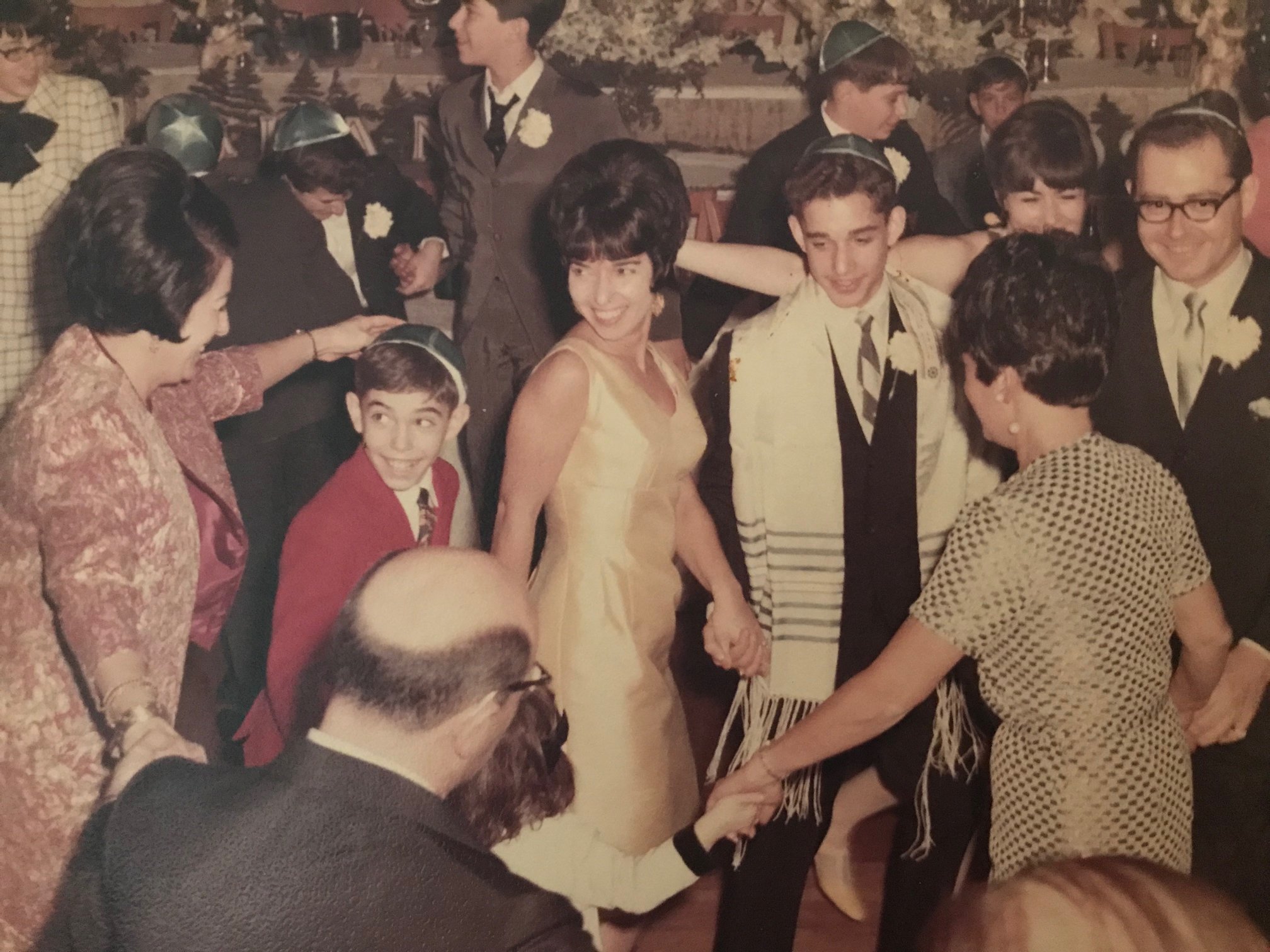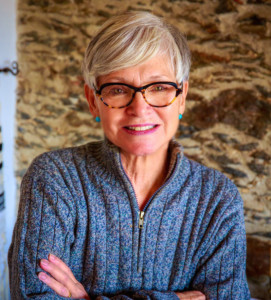Hava Nagila
Ten Fabulous Facts for Bubbyes and Zaydes to Share
- Hava Nagila, a melody that originated more than 200 years ago, was born as a song without words (in Hebrew, “niggun”). During the era of forced inscription into the Czarist Russian army, young Jewish boys were taken from their families to serve 25 years as soldiers for the Czar. It was during this time of great sadness that Rabbi Yisroel Friedman encouraged Jews to find joy and purpose in life. Hava Nagila’s melody and the humming of this wordless tune became a song of hope for many shtetl Jews.
- Hava Nagila made its way from Europe to Jerusalem. At the turn of the last century Chassidim from Austria brought Rabbi Friedman’s melody to Jerusalem. In about 1915 these Chassidic Jews met with a musical pioneer who gifted Hava Nagila with its memorable lyrics.
- A native Latvian, passionate Zionist, and world renowned musicologist, Abraham Zvi Idelson, wrote the words to Hava Nagila.
- Hava Nagila’s lyrics are based on the words from Psalm 11 verse 24: Ze ha’yom asah Adonai, nagila v’nismecha bo, “This is the day the Lord has made, rejoice and be happy in it” (Psalms 11:24).
- Some are unsure of the lyrics. Refresh your memory with the words to Hava Nagila.
Hava nagila, Hava nagila = Let’s rejoice, Let’s rejoice
Hava nagila v’nismecha = Let us rejoice and be glad
Hava neranana, Hava neranana = Let’s sing, let’s sing
Hava neranena v’nismecha = Let’s sing and be glad
Uru, uru achim = Awake, awake brothers
Uru achim b’lev sameach = Awake brothers with a joyful heart.
- At the formal conclusion of World War I, Idelson organized a celebratory concert in Jerusalem. The chorus sang Hava Nagila and it became an instant hit, first in Jerusalem and then throughout the Jewish world.
- Hava Nagila made its way from the kibbutz to Jewish Zionist camps, many in America. Jewish children took the song home and sang it at their Bar and Bat Mitzvah celebrations and later on at their weddings, with the guests of honor carried high on chairs.
- In the 1950’s Hava Nagila became part of the mainstream music scene thanks to Harry Belafonte who closed his concerts with the uplifting melody. “I was always moved by this song,” Belafonte said. Could be because, according to the Dictionary of Sephardic (Jewish) surnames, Belafonte is a Spanish Jewish name!
- More and more international stars added Hava Nagila to their repertoire, from Connie Francis to Glenn Campbell to Europe’s Barbra Streisand, Dalida’ (who said “This melody is in my blood.”) to Olympic gold medalist Ally Raisman who performed her winning gymnastic routine to Hava Nagila’s internationally recognized beat.
- PBS produced a film, “Hava Nagila The Movie,” and YouTube boasts more than one half million videos featuring Hava Nagila, a song that, in the words of Dr. Yvette Alt Miller, “convey(s) a deeply felt Jewish truth: that we all long to transcend the challenges in our lives… that all of us want to be happy. And that singing and listening to the happiness in Hava Nagila can bring us all a measure of joy.”
Thanks to journalists Dr. Yvette Alt Miller (Aish.com) and Dr. James Loeffler (My Jewish Learning) for their research on this topic.

